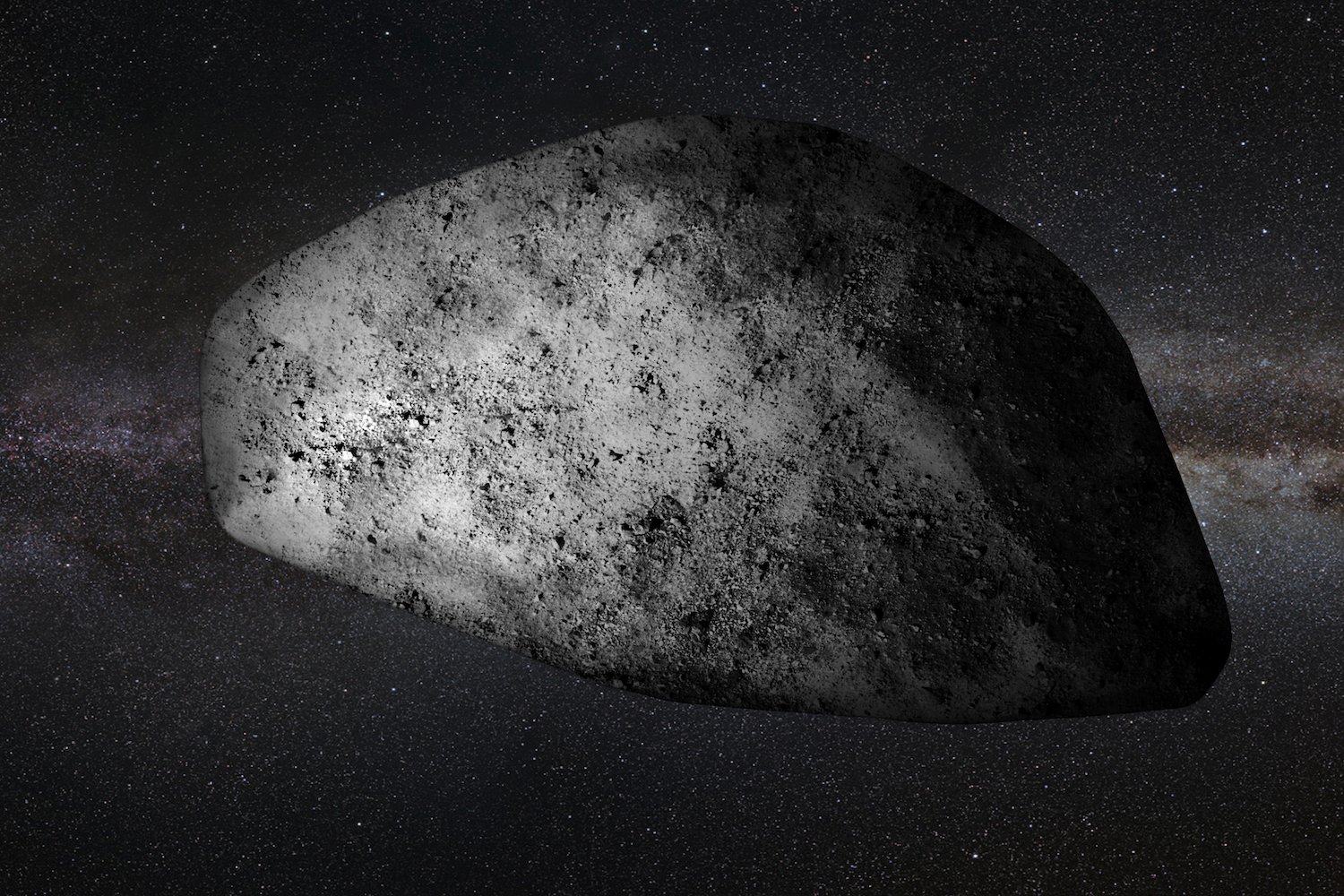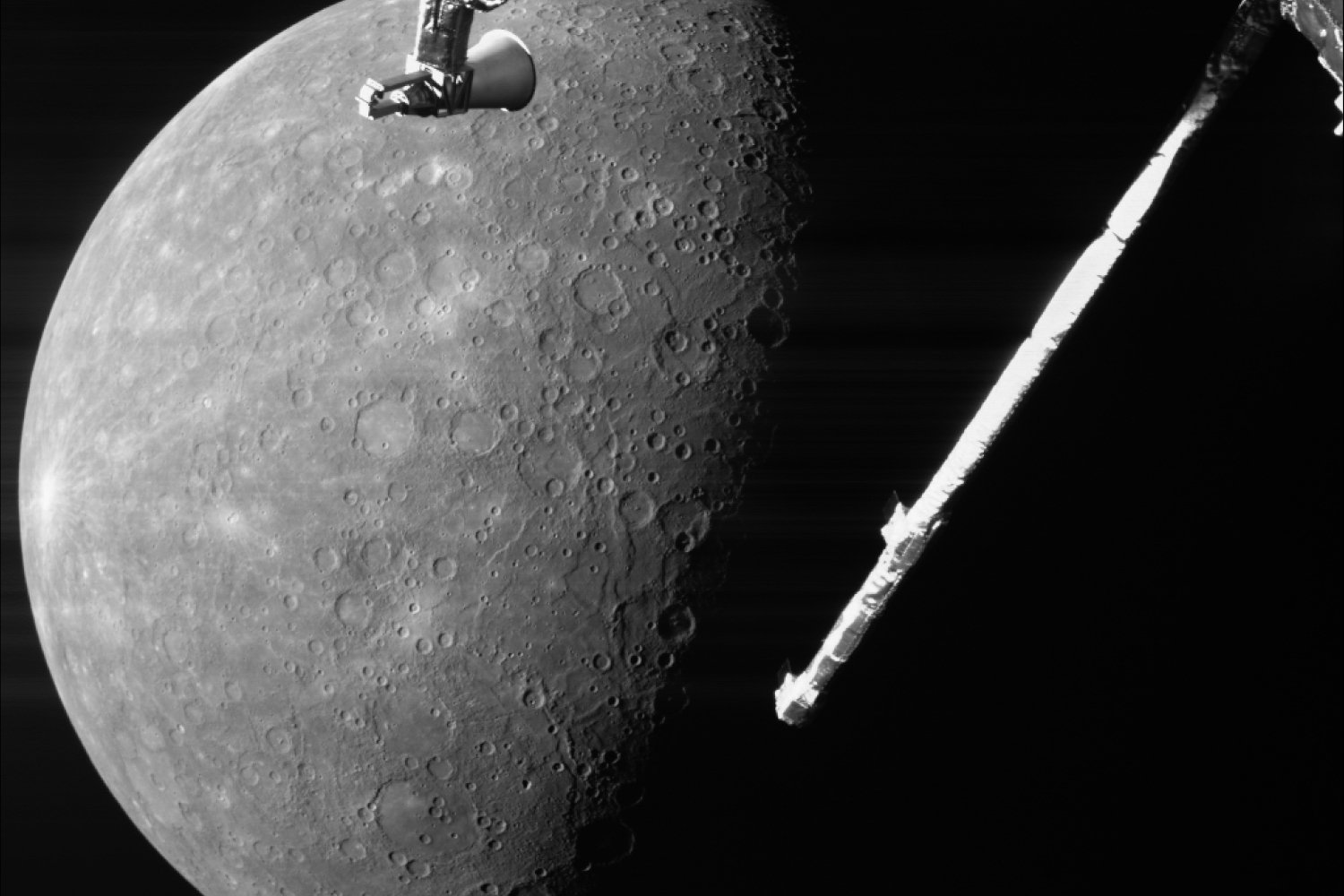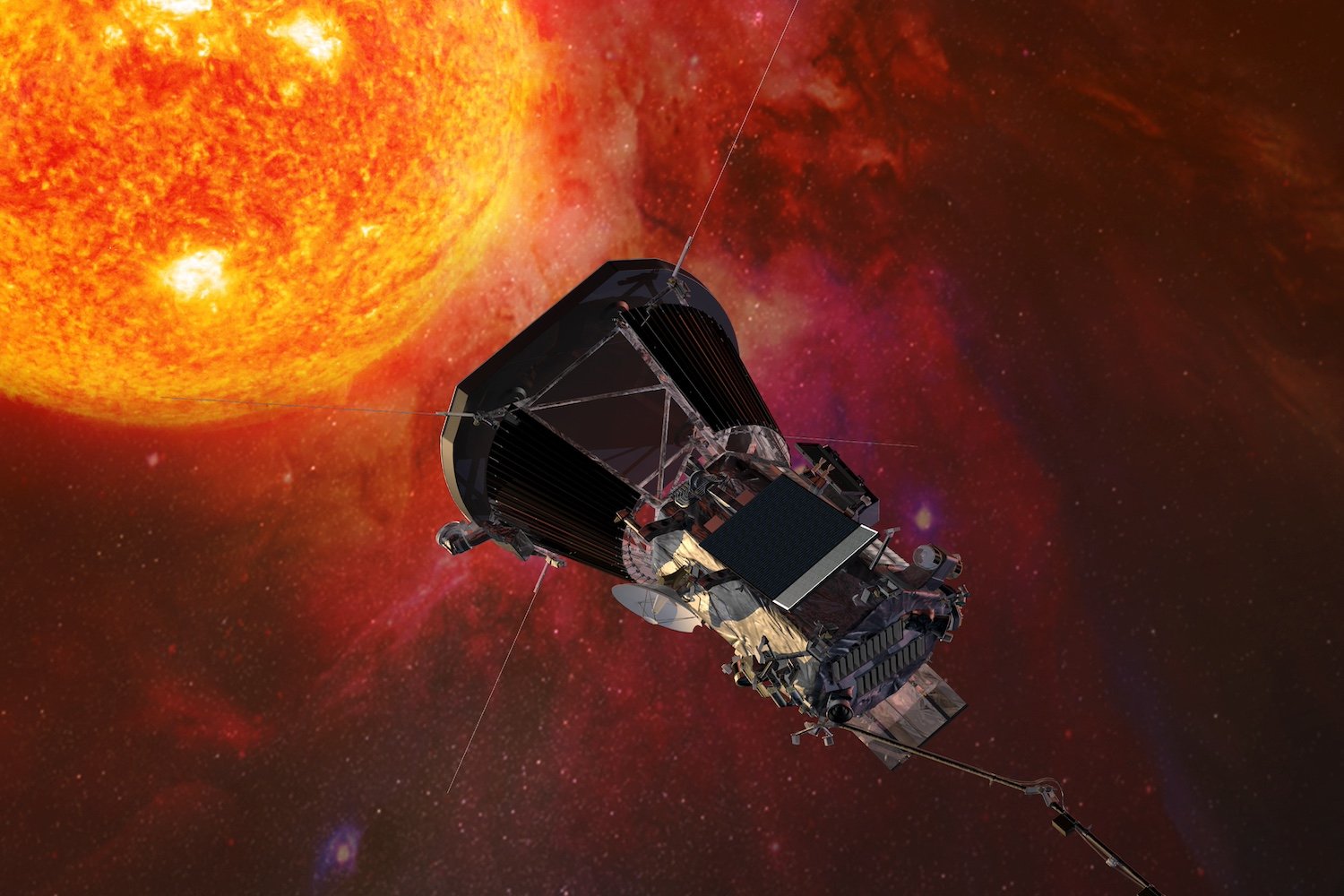The Polaris Dawn mission, launched on Tuesday, April 18, 2024, at 5:23 a.m. ET from NASA’s Kennedy Space Center, is poised to make history. After reaching orbit aboard a SpaceX Falcon 9 rocket and spending approximately two days in space, two crew members will attempt the first-ever civilian spacewalk. This daring feat, streamed live on SpaceX’s website and X account on Thursday, April 20, 2024, at 2:23 a.m. ET, signifies a new era in private space exploration.
The four-person crew, led by Jared Isaacman, is traveling aboard a SpaceX Dragon spacecraft. This mission achieved a significant milestone on Wednesday, April 19, 2024, by reaching a peak orbit of 870 miles (1,400 kilometers). This altitude surpasses the previous record held by NASA’s Gemini 11 mission in 1966, marking the highest any SpaceX crew capsule has ever flown. Following this achievement, the Dragon executed a series of burns to descend to a lower orbit of 118 by 461 miles (190 by 742 kilometers) in preparation for the upcoming spacewalk. The altitude will be further lowered to 430 miles (700 kilometers) on Thursday for the historic event.
The spacewalk presents a unique challenge due to the Dragon capsule’s lack of an airlock. To facilitate the extravehicular activity (EVA), the entire spacecraft will be depressurized, exposing the entire crew to the vacuum of space. All four crew members will wear specially designed SpaceX spacesuits for the duration of the EVA. These suits, unveiled in May, are an advanced version of the existing SpaceX suits, incorporating features specifically for spacewalks.
The Polaris Dawn mission is not solely focused on the spacewalk; the crew will also conduct over 30 scientific experiments related to astronaut health and long-duration spaceflight preparedness. NASA has contributed a suite of experiments, including devices to monitor vital signs like blood pressure and heart rate. Post-mission, the crew will provide NASA with valuable data on motion sickness, physical and mental well-being, and the effects of re-entry on the human body.
The Dragon’s high-altitude orbit took it through the Van Allen radiation belts, a zone of high-energy charged particles. This region presents a significant hazard for future Mars missions. The Polaris Dawn mission will gather data on the effects of this radiation on human health, providing crucial insights for future deep-space travel. Furthermore, the mission will test SpaceX’s Starlink laser-based communication system, which uses lasers for high-speed data transfer between satellites. This technology is vital for communication on future lunar and Martian missions.
After completing their mission objectives, the Polaris Dawn crew is expected to splash down off the coast of Florida, potentially as early as Saturday, April 22, 2024. This mission is the first of three private missions commissioned by Isaacman. The success of Polaris Dawn will pave the way for even more ambitious private space endeavors.











